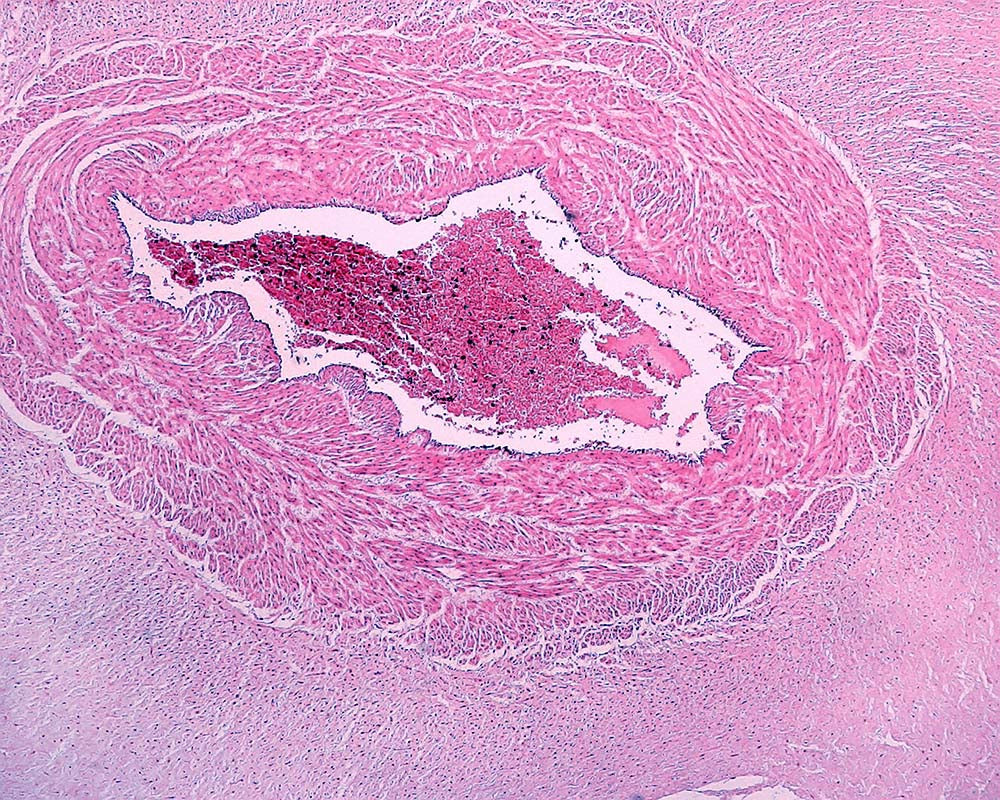
Mesenchymal Stem Cells derived from the human umbilical cord tissue (hUC-MSC) are considered the richest and most effective source of MSCs. Studies have shown that hUC-MSCs have several properties that make them ideal for use in anti-aging and cell regenerative therapy. They secrete various growth factors and cytokines that significantly improves tissue regeneration, reduce inflammation, and promote cell proliferation. Additionally, hUC-MSCs enhance angiogenesis, the formation of new blood vessels, which is crucial for maintaining healthy tissue and combating age-related diseases.

Cell-free media is a liquid culture medium that contains all the necessary nutrients and growth factors for cell growth, but does not contain any live intact cells. Moreover, cell-free media does not require the meticulous environmental conditions to maintain mesenchymal stem cells. Cell-free conditioned media refers to the liquid that remains after cells have been cultured in a medium or solution. When cells are grown in culture, they secrete various proteins, growth factors, and other molecules into the surrounding environment. These secreted factors can then accumulate in the culture medium and become a complex mixture of biomolecules.
Mesenchymal Stem Cells derived from the human umbilical cord tissue (hUC-MSC) are considered the richest and most effective source of MSCs. Studies have shown that hUC-MSCs have several properties that make them ideal for use in anti-aging and cell regenerative therapy. They secrete various growth factors and cytokines that significantly improves tissue regeneration, reduce inflammation, and promote cell proliferation. Additionally, hUC-MSCs enhance angiogenesis, the formation of new blood vessels, which is crucial for maintaining healthy tissue and combating age-related diseases.
Cell-free media is a liquid culture medium that contains all the necessary nutrients and growth factors for cell growth, but does not contain any live intact cells. Moreover, cell-free media does not require the meticulous environmental conditions to maintain mesenchymal stem cells. Cell-free conditioned media refers to the liquid that remains after cells have been cultured in a medium or solution. When cells are grown in culture, they secrete various proteins, growth factors, and other molecules into the surrounding environment. These secreted factors can then accumulate in the culture medium and become a complex mixture of biomolecules.


M-SEQNC
The proprietary Media-Sequence (M-SEQNC) formula contains a myriad of bioactive molecules secreted by human umbilical cord mesenchymal stem cells (hUC-MSCs) during their growth and proliferation phase. These powerful signaling molecules play a crucial role in skin repair and regeneration.
Key Benefits


Immunomodulation
The secreted factors from hUC-MSCs can modulate the immune response in the skin, helping to regulate and balance immune activity. This can be particularly beneficial for conditions with immune system involvement, such as eczema or psoriasis.
Growth Factors & Cytokines
The secretome of hUC-MSCs contains various types of growth factors and cytokines that promote tissue repair and regeneration. By accelerating skin healing, these factors can minimize inflammation caused by injuries, wounds, or certain skin conditions.
Antioxidant Activity
hUC-MSCs release molecules with antioxidant properties, which can neutralize free radicals and oxidative stress in the skin. By reducing oxidative damage, these factors contribute to an overall anti-inflammatory effect.
Bioactive Molecules
Share useful information about your product features.
Collagen Stimulation
hUC-MSCs’ secretome can stimulate the production of collagen and other extracellular matrix components. This supports the skin’s structure and elasticity, potentially reducing inflammation caused by skin aging or environmental factors
Comparison between
hUC-MSCs | ASCs
Understand the difference between SkinSeqnc™ proprietary source of Human Umbilical Cord vs traditional Adult Stem Cells
(hUC-MSC) Higher proliferation and expansion
(ASC) Lower proliferation and expansion
(hUC-MSC) Strong immunomodulatory effects
(ASC) Possess some immunomodulatory properties
(hUC-MSC) Can differentiate into various cell types
(ASC) Limited differentiation potential
(hUC-MSC) Obtained after birth without harm to the donor
(ASC) Obtained from tissues of adult individuals; ethical considerations
(hUC-MSC) Exhibit lower rates of senescence compared to adult stem cells
(ASC) Higher rate of senescence over time, lost efficacy to proliferate and differentiate

